Scientists were surprised to discover that the gene that increased yields also resulted in higher protein levels
Researchers have identified a genetic driver in wheat that improves wheat yield and can increase protein content by as much as 25 percent. The discovery of a gene that controls these two desirable factors has the potential to expand wheat breeding and generate new varieties. “Our research aims to understand the genes that control ear […] Read moreStories by Margaret Evans
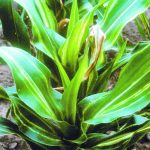
Research shows a bacterial feeding frenzy in corn crops
Bacteria force plants to produce a feast of nutrients that support pathogens before they kill corn cells
Corn crops face a variety of bacterial threats but one species of bacteria, Pantoea stewartii, which causes Stewart’s wilt, takes that threat further than most. In a gorging frenzy, they feed themselves by forcing the plant to produce a feast of nutrients that keep the pathogens alive before they kill the corn cells. In addition, […] Read more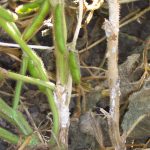
Research reveals white mould vulnerabilities

Researchers breed varroa resistant honeybees
The bees were selectively bred to strengthen a trait in which they expell infested larvae from the hive, killing larvae and mite
Many beekeepers face a challenging spring as they cope with massive honeybee losses. Those range from 40 percent across the Prairies to 60 percent in Quebec. Some honey producers have lost as much as 90 percent of their bees due in large part to the parasitic mite varroa destructor mite. In addition, some farmers are […] Read more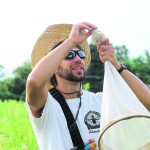
Meadows need full legion of bees to stay healthy
Researchers find that the more plant species there are in a meadow, the more bee species are required for pollination
Think of bees and most people think of honeybees and bumblebees as the striped, fuzzy familiar insects that pollinate flowers and crops. However, Canada has some 800 native species of bees while the United States has more than 4,000 native bee species. Many live solitary lives rather than in hives and don’t make honey. But […] Read more
Farm size influences avian diversity, says researchers
A study shows that research is showing that bird populations are adjusting to larger farm sizes with fewer species
Large-scale farming can have detrimental effects on wild species. A recent study led by the University of British Columbia in collaboration with Vrije Universiteit Amsterdam, the University of Göttingen, and the University of California, Santa Barbara, looked at the environmental impact of farm size on bird species. The research showed that increased farm size results […] Read more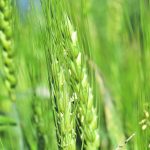
Chemical defence compounds found in wheat
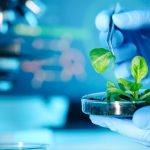
Scientists find gene that controls plants’ self-fertilization
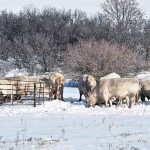
Researchers develop easy test to check fertility in bulls
A natural process called rheotaxis is used to measure sperm’s ability to swim upstream in the reproductive tract of cows
Testing the fertility and virility of breeding bulls can be expensive and time consuming. Scientists at Cornell University in New York have developed a quick test to check if bulls have the right stuff. The system is called the Rheolex method and it draws on the natural process called rheotaxis, in which the bull’s sperm […] Read more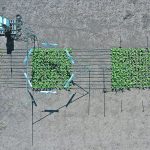
Research lets plants beat the heat
Genetic modifications create synthetic pathways that helps plants fix more CO2 and less of the more yield costly O2
As global warming increasingly threatens crop production, scientists at the University of Illinois and the United States Department of Agriculture, Agricultural Research Service, have found a way to safeguard plants against the dangers of heat. Researchers have improved the efficiency of a plant’s photorespiration through bypassing a photosynthetic shortcoming in a particular enzyme found in […] Read more



